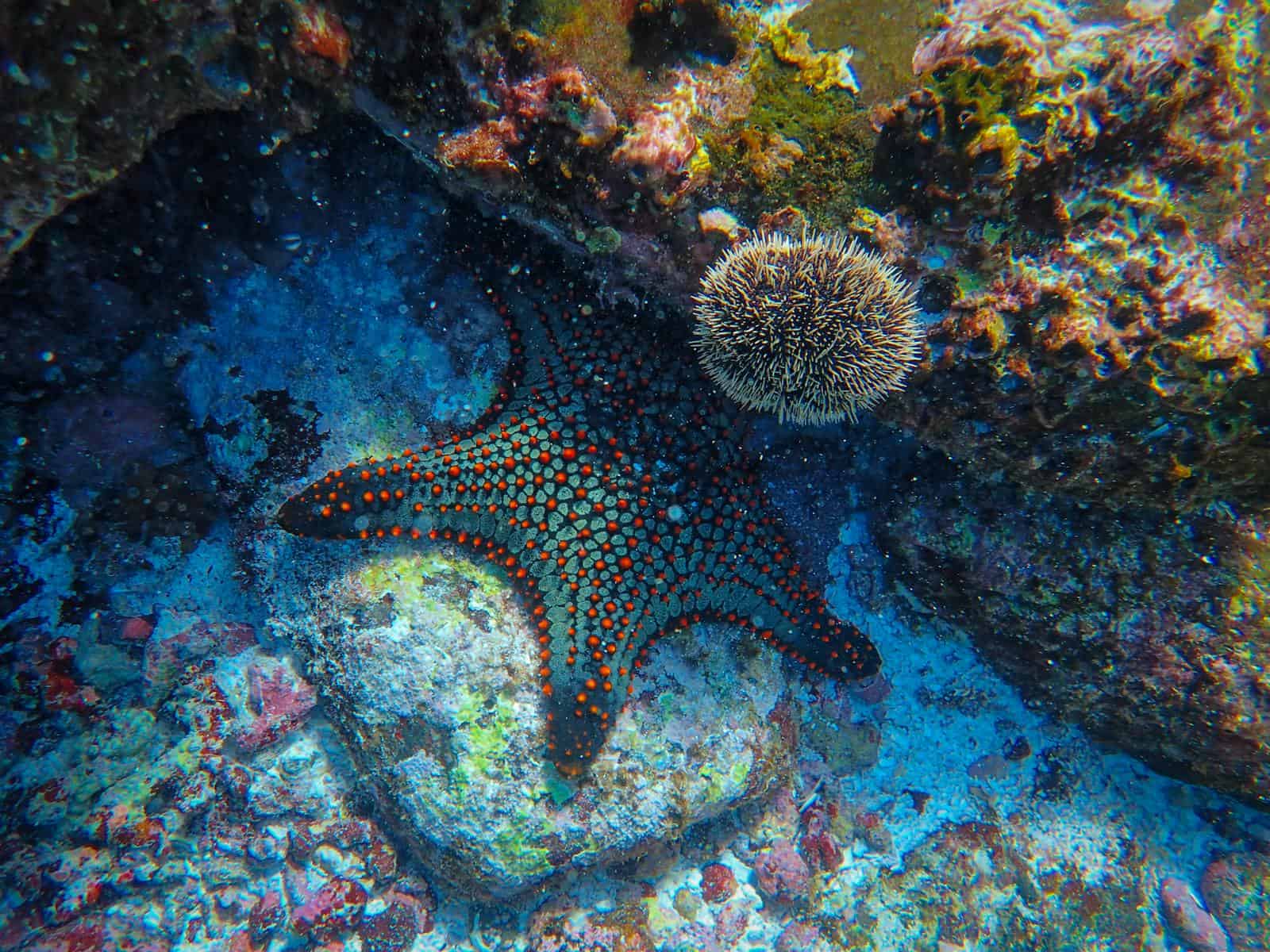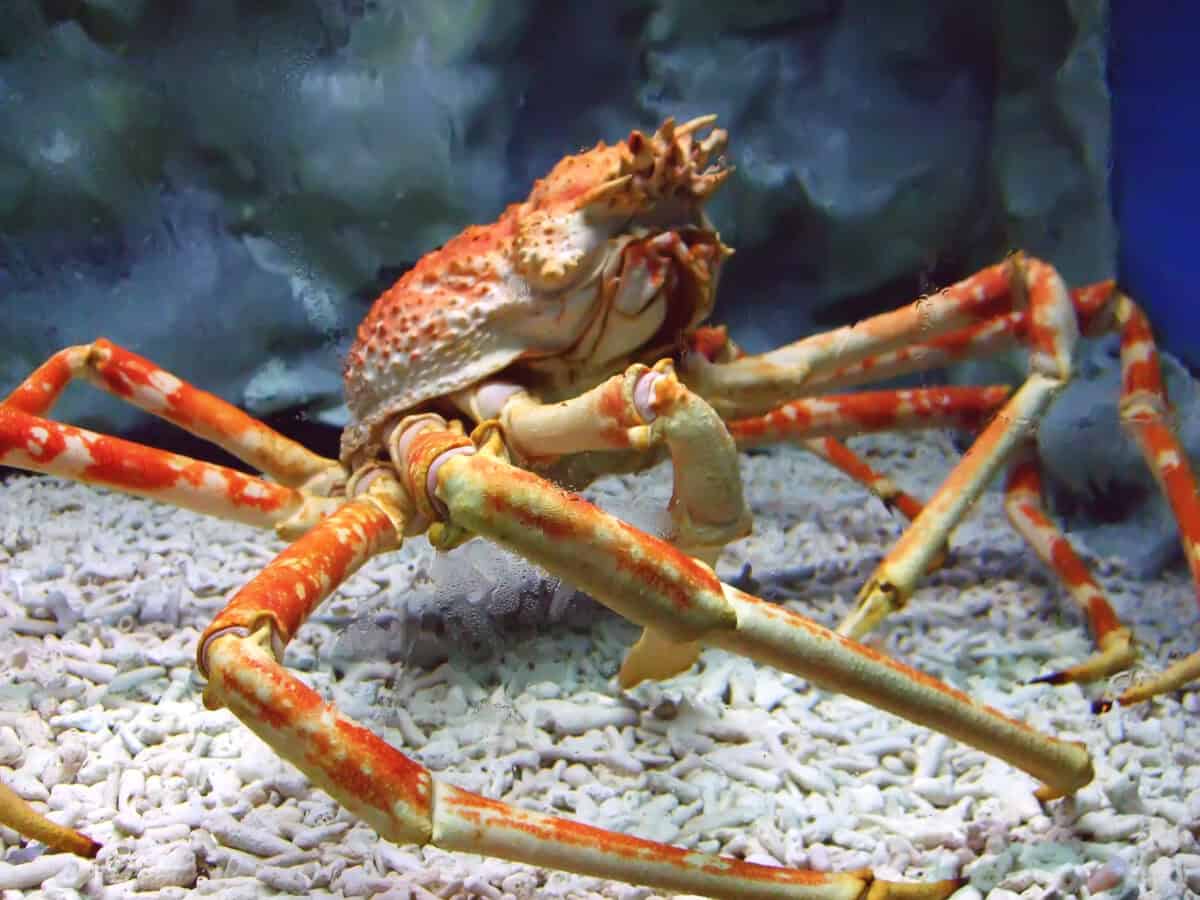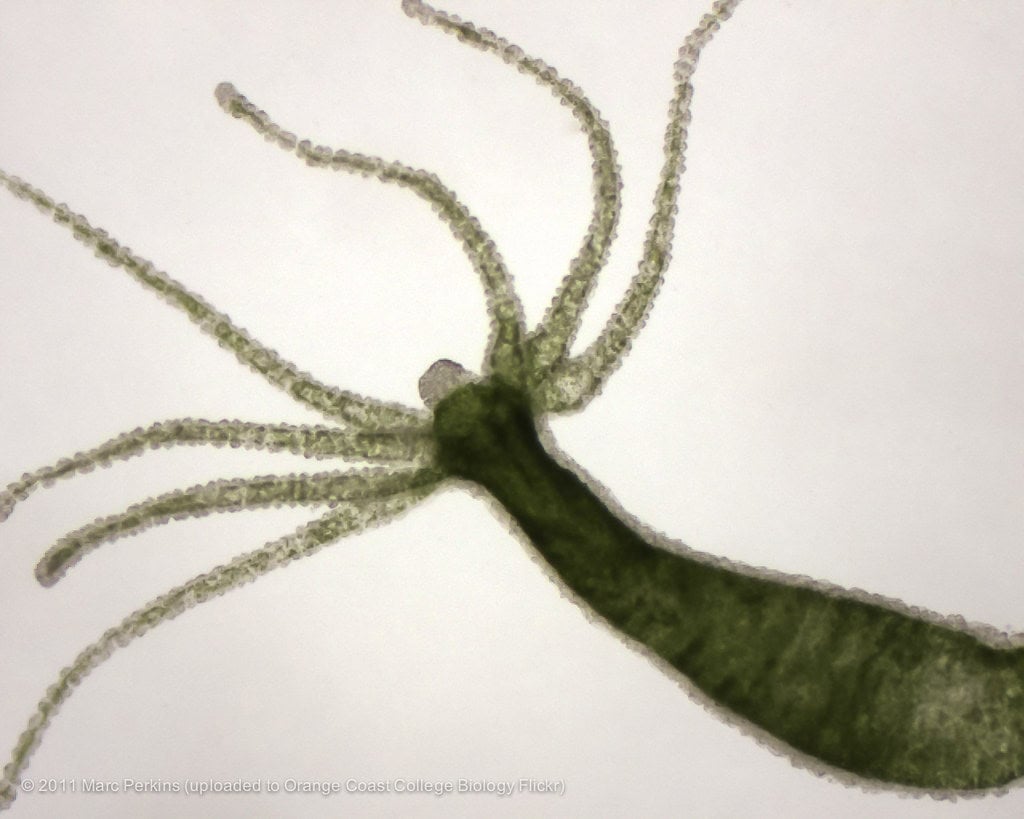In the animal kingdom, some creatures possess remarkable regenerative abilities that seem almost magical to us humans. While we can heal wounds and regrow some tissues, our regenerative capabilities pale in comparison to certain species that can regrow entire limbs, organs, and even significant portions of their bodies. This extraordinary ability, known as regeneration, involves complex biological processes that scientists are still working to understand fully. From the depths of the ocean to backyard ponds, let’s explore 12 fascinating creatures with incredible regenerative powers that highlight nature’s remarkable resilience and adaptability.
Axolotls The Regeneration Champions

Often called the “Mexican walking fish,” axolotls (Ambystoma mexicanum) are aquatic salamanders native to Lake Xochimilco in Mexico City. These remarkable amphibians can regenerate multiple body parts, including limbs, tail, spinal cord, heart, and portions of their brain—all without scarring. What makes axolotls particularly special is the speed and completeness of their regeneration. When an axolotl loses a limb, cells near the injury site dedifferentiate (return to a stem-cell-like state) and form a structure called a blastema, which then develops into a perfectly functional new limb within weeks. Scientists have discovered that axolotls maintain their regenerative abilities throughout their lives, making them invaluable research subjects for regenerative medicine. Their genome, which is ten times larger than the human genome, contains unique genetic mechanisms that enable this extraordinary healing ability.
Starfish The Five-Armed Regenerators

Starfish, or sea stars, demonstrate some of the most impressive regenerative capabilities in the animal kingdom. Not only can they regrow lost arms, but in many species, a single arm with a portion of the central disc can regenerate an entire new starfish. This process, which can take several months to a year, depending on the species and environmental conditions, begins with the formation of a wound epithelium that covers the injury site. The creature then creates a blastema from which the new tissues develop. The common sea star (Asterias rubens) can regenerate all five arms if necessary. In contrast, some species, like Linckia multiflora, commonly called the comet star, routinely reproduce by intentionally shedding an arm that grows into a completely new individual—a process known as fission. This remarkable ability serves as both a defence mechanism and a reproductive strategy in these fascinating echinoderms.
Lizards Masters of Tail Detachment

Many lizard species have evolved the ability to detach and regenerate their tails, a defensive strategy known as autotomy. When threatened by a predator, species like the green anole (Anolis carolinensis) and common house gecko (Hemidactylus frenatus) can voluntarily break off their tail at special fracture planes within the vertebrae. The discarded tail continues to wiggle, distracting the predator while the lizard escapes. Unlike salamanders, which regenerate an exact replica of their original tail, lizards grow a replacement tail that differs structurally from the original. The new tail contains a cartilaginous rod instead of vertebrae and has different muscle patterns and nerve arrangements. While not a perfect replacement, the regenerated tail serves its purpose for balance and fat storage. This impressive adaptation demonstrates evolution’s elegant solution to predation pressure, though lizards can typically regenerate their tails only a limited number of times throughout their lives.
Planarians The Flatworms That Can Regenerate From Tiny Fragments

Planarian flatworms possess perhaps the most extraordinary regenerative abilities of any animal on Earth. These small, freshwater organisms can regenerate their entire body from fragments as small as 1/279th of their original size. If a planarian is cut into multiple pieces, each piece can develop into a complete, fully-functional worm within about two weeks. This remarkable ability stems from their abundant adult stem cells called neoblasts, which comprise roughly 20-30% of all their cells. These neoblasts can differentiate into any cell type needed during regeneration. Even more impressively, planarians can regenerate their entire brain and nervous system, restoring not just physical structure but also behavior and memory. Scientists have discovered that planarians use a unique set of proteins and genetic signals to control this regeneration process, making them invaluable models for studying stem cell biology and tissue regeneration. The species Schmidtea mediterranea is particularly well-studied for its regenerative capabilities.
Newts Lifelong Regenerators

Newts stand out among vertebrates for their exceptional regenerative abilities, which extend beyond limbs to include parts of their heart, eyes, spinal cord, intestines, and even portions of their brain. Unlike many animals whose regenerative powers diminish with age, newts maintain this remarkable ability throughout their lifespan, which can exceed 30 years. The Eastern red-spotted newt (Notophthalmus viridescens) has been extensively studied for its capacity to regenerate its lens up to 18 times with no reduction in efficacy. When regenerating a limb, newts first form a blastema, similar to axolotls, but the cellular processes differ slightly. Mature cells near the wound site dedifferentiate and then proliferate to form new tissues. What makes newts particularly fascinating is their ability to regenerate neural tissues—they can repair damage to their spinal cord and regrow parts of their brain, abilities far beyond what mammals possess. This neural regeneration capability makes them valuable subjects for research on potential treatments for spinal cord injuries and neurodegenerative diseases.
Spiders Regrowing Legs Through Molting

Spiders have developed a fascinating system for regenerating lost limbs that differs from many other regenerating animals. When a spider loses a leg—whether through a predator attack, autotomy (self-amputation) to escape danger, or injury—it cannot regrow the appendage immediately. Instead, the regeneration process is tied to the spider’s moulting cycle. After losing a leg, the spider will develop a compressed, folded replacement limb inside its body. During the next molt, when the spider sheds its old exoskeleton, the new leg unfolds and extends. With each subsequent molt, the regenerated leg grows larger until it eventually reaches a size comparable to the original, though it may remain slightly smaller or have subtle structural differences. This regenerative ability is particularly important for young spiders, who have many molts ahead of them. Adult tarantulas, which can live 15-30 years, can regenerate legs even after reaching maturity, though the process takes longer. Wolf spiders (Lycosidae family) and jumping spiders (Salticidae family) are among the many species that demonstrate this impressive regenerative capability.
Sea Cucumbers Extraordinary Internal Organ Regenerators

Sea cucumbers exhibit one of the most unusual defensive mechanisms in the animal kingdom—a process called evisceration, where they expel their internal organs to distract predators. Following this dramatic act, these marine echinoderms can regenerate their entire digestive tract, respiratory trees, and other internal organs within a few weeks to months. The species Holothuria forskali can regenerate its complete digestive system in just three weeks. This regeneration begins with the formation of a blastema at the wound site, followed by cell migration and differentiation to rebuild the missing structures. Some sea cucumber species can also regenerate external parts, including tentacles and portions of their body wall. What makes their regenerative process particularly interesting is the involvement of specialized cells called coelomocytes, which play roles in wound healing, immune response, and tissue remodelling. Scientists are studying the bioactive compounds in sea cucumber tissues that facilitate this remarkable regeneration, as they may have potential applications in human medicine for wound healing and tissue repair.
Crayfish Regrowing Complex Appendages

Crayfish demonstrate impressive regenerative abilities, particularly when it comes to their complex appendages. These freshwater crustaceans can regrow claws, walking legs, antennae, and even parts of their gills and exoskeleton. When a crayfish loses a limb, a protective membrane quickly forms over the wound site to prevent infection and excessive fluid loss. Beneath this membrane, cells proliferate to form a blastema, which gradually differentiates into the various tissues needed for the new appendage. The regenerated limb initially appears as a miniature version encased in a soft shell when the crayfish molts. With subsequent molts, the new limb grows progressively larger until it reaches approximately the same size as the original. The red swamp crayfish (Procambarus clarkii) has been extensively studied for this ability. Interestingly, crayfish can even regenerate their complex claws with all the specialized muscles and nerve connections needed for proper function. This regenerative process is controlled by specific hormones and growth factors that regulate cell proliferation and differentiation, making crayfish valuable models for studying the molecular mechanisms of regeneration.
Octopuses The Eight-Armed Regenerators

Octopuses possess remarkable regenerative abilities that extend beyond simple tissue repair to the complete regrowth of complex arms. When an octopus loses an arm, whether through predator attack or self-amputation to escape danger, it can regenerate the entire appendage, complete with all the muscles, nerves, suckers, and chromatophores (color-changing cells) that make octopus arms so extraordinarily versatile. The common octopus (Octopus vulgaris) can regenerate an arm in as little as 100-130 days. What makes this regeneration particularly impressive is that octopus arms contain approximately two-thirds of the animal’s neurons, functioning almost as independent appendages with their own control systems. During regeneration, specialized cells near the wound site proliferate rapidly, and the regeneration proceeds from the cut site outward, with the tip forming last. Scientists have discovered that octopuses possess specific genes that regulate this process, allowing for the perfect recreation of the arm’s complex structure. This regenerative ability is especially important for octopuses, as their arms are vital for hunting, defense, environmental exploration, and even reproductive success.
Hydras The Immortal Regenerators

Hydras are small, freshwater relatives of jellyfish and corals that possess perhaps the most extreme regenerative capabilities in the animal kingdom. These simple creatures, typically just 0.4-2.5 cm long, can regenerate their entire body from tiny fragments—as little as 1/200th of the original animal can develop into a completely new hydra within days. Even more remarkably, if a hydra is completely dissociated into individual cells and then reaggregated, these cells will reorganize themselves into a functioning animal. This extraordinary regenerative ability is linked to the hydra’s continuous cell turnover and abundance of stem cells, which comprise about 70% of their body. Species like Hydra vulgaris are effectively biologically immortal, showing no signs of aging or increased mortality over time as they continuously replace all cells in their body every few weeks. The regeneration process in hydras involves complex genetic signalling pathways and cellular mechanisms that establish proper polarity and organize tissues. Scientists studying hydras have identified genes and pathways involved in their regeneration that have counterparts in humans, suggesting potential applications for regenerative medicine.
Zebrafish Fins, Hearts, and More

Zebrafish (Danio rerio) has emerged as a powerful model organism for studying vertebrate regeneration due to their remarkable ability to regrow multiple complex tissues and organs. These small freshwater fish can regenerate their fins, heart, spinal cord, retina, and portions of their brain and kidneys. Their fin regeneration is particularly well-studied: within hours of amputation, a wound epidermis forms over the injury site, followed by the formation of a blastema. The regeneration process rebuilds the fin with all its complex structures—bones, blood vessels, nerves, and connective tissues—in perfect proportion, usually completed within two to four weeks. Even more impressive is their cardiac regeneration ability. Zebrafish can repair their heart even after 20% has been surgically removed, regenerating functional cardiac muscle without scarring—a capability humans unfortunately lack. This process involves the dedifferentiation and proliferation of existing cardiomyocytes rather than stem cell activation. The zebrafish genome shares significant similarities with the human genome, making insights gained from studying their regeneration potentially applicable to human medicine. Scientists have identified several key genetic pathways and signalling molecules essential for zebrafish regeneration that could potentially be targeted for therapeutic interventions in humans.
Deer Annual Antler Regeneration

While many regenerating animals regrow limbs or organs in response to injury, male deer perform a remarkable feat of programmed regeneration annually: they completely shed and regrow their antlers. This represents the only example of complete organ regeneration in mammals, making it particularly fascinating to scientists. Deer antlers are true bone structures that can grow at an astonishing rate of up to 2 cm per day during peak growth periods, making them the fastest-growing mammalian tissue known. The regeneration cycle begins when decreasing testosterone levels in late winter cause the antlers to shed at specialized abscission zones. New growth initiates from permanent structures called pedicles on the skull, which contain a reservoir of stem cells. These stem cells rapidly proliferate to form a blastema covered by velvet—a specialized skin rich in blood vessels and nerves that nourishes the growing antlers. As testosterone levels rise again in summer, the antlers mineralize, the velvet dries and is rubbed off, and the hard, calcified antlers are ready for the rutting season. Species like white-tailed deer (Odocoileus virginianus) and red deer (Cervus elaphus) can grow increasingly complex antlers year after year, representing an astounding annual investment of calcium and phosphorus. Studying the genetic and molecular mechanisms behind this unique regenerative process could provide valuable insights into bone healing and regenerative medicine in humans.
Conclusion: Nature’s Regenerative Wonders

The diverse regenerative capabilities demonstrated by these 12 creatures represent some of nature’s most extraordinary adaptations, each evolved to meet specific environmental challenges and survival needs. From the cellular level mechanisms in planarians to the seasonal regrowth of deer antlers, these regenerative processes showcase nature’s remarkable problem-solving abilities through different evolutionary approaches. As scientists continue to unravel the genetic, molecular, and cellular mechanisms behind these capabilities, we gain valuable insights that may one day translate to medical applications for humans. While complete limb regeneration remains beyond human capability, research inspired by these natural models has already contributed to advances in wound healing, tissue engineering, and regenerative medicine. These remarkable animals remind us that the natural world remains our greatest teacher and source of wonder, with countless biological marvels still awaiting discovery and understanding.
- 13 Wild Babies That Are Born Ready to Run - August 16, 2025
- 12 Wild Creatures That Can Regrow Entire Limbs - August 16, 2025
- How Do Whales Communicate Across Thousands of Miles? - August 16, 2025

